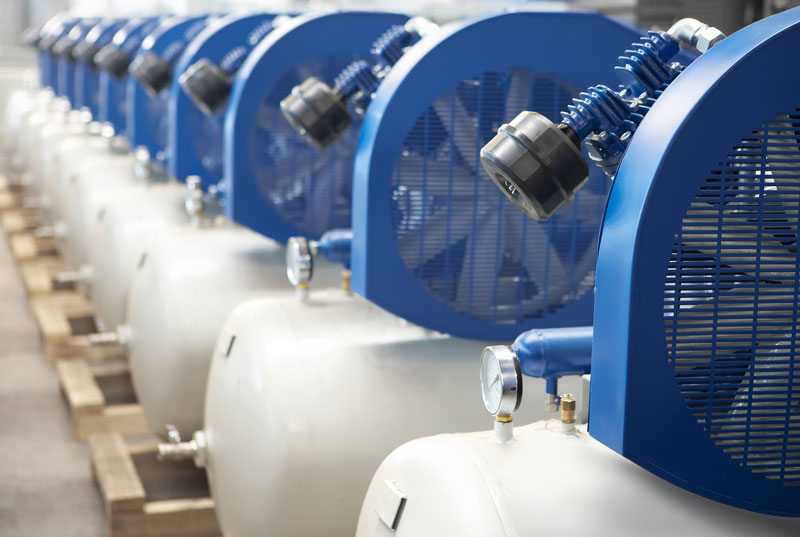Quite often the typical variability in compressed air flow demand does not proportionately translate into power reductions at the air compressors. This can be a result of numerous problems with the compressed air supply system. It is important to understand the supply-side’s ability to respond to the demand-side of the compressed air system. If the air compressors, on the supply-side, are not able to translate flow reductions into energy savings, implementation of demand reduction projects should be re-evaluated.
How often are products pitched to plant personnel and touted as energy-saving because they can reduce the use of compressed air in terms of flow (scfm) and/or pressure (psig)? There are many very valid products and techniques (which we deploy during our audits) able to reduce compressed air demand requirements.

Reducing compressed air use, however, will not turn into energy-savings at the air compressors in a large percentage of installations we visit. Why? There are many potential reasons. The air compressors may not have the local controls permitting them to use less energy at partial loads. Or, the air compressors may be working simultaneously – all at less than optimal points in their efficiency curves.
Compressed air demand is always changing in plants. This is why the use of a central controller for the system can deliver high ROI’s with benefits extending to reliability and compressed air quality enhancements. A central control system is able to automatically respond to changes in compressed air system dynamics and provide the plant with Key Performance Indicators.
Instruments Deliver 5 Key Performance Indicators
A compressed air monitoring system will enable the plant to track air system performance and energy efficiency levels on an ongoing basis so energy savings achieved in the proposed projects can be maintained over time. The primary elements of such a monitoring system such as the location of recommended flow, kW, and pressure meters are listed below. At installations such as the one we’ve profiled in this article, we also review where to install monitoring points in the air compressor room(s) and in the factory to optimally control the air compressors with a central control system. The Key Performance Indicators to monitor are pressure, flow, dew point, and individual compressor power.
The recommended elements instruments, for this project, to support a comprehensive monitoring system included:
- (6) kW demand meters on each individual compressor — $1,500 each for a total of $9,000
- (12) PSI transducers (7 in the compressor room and 5 out in the plant) — $200 each for a total of $2,400
- (1) Compressed air flow meter — $3,000 each
- (1) Dew Point Demand Meter — $2,500 each
- (2) Data Integrators — $5,000 each for a total of $10K
The total price tag for the monitoring system equipment was $26,000. Installation cost were projected at $20,000 for a total cost of $46,000. This instrumentation would then provide the Central Compressor Control System with the information required to deliver these Key Performance indicators:
- Flow levels over time (e.g., upward trends could indicate increased leak levels)
- Individual compressor kW readings (e.g., upward trends could indicate compressor malfunction)
- Basic System Efficiency over time — Specific Power defined as Flow / Total kW demand (e.g., upward trends indicate loss in efficiency)
- Dew Point Levels (e.g., upward trends indicate increased moisture levels and possible air treatment equipment malfunction)
- System Pressure (e.g., erratic pressure levels could indicate insufficient air supply capacity; excessively low levels could be harbingers of production equipment failure)
